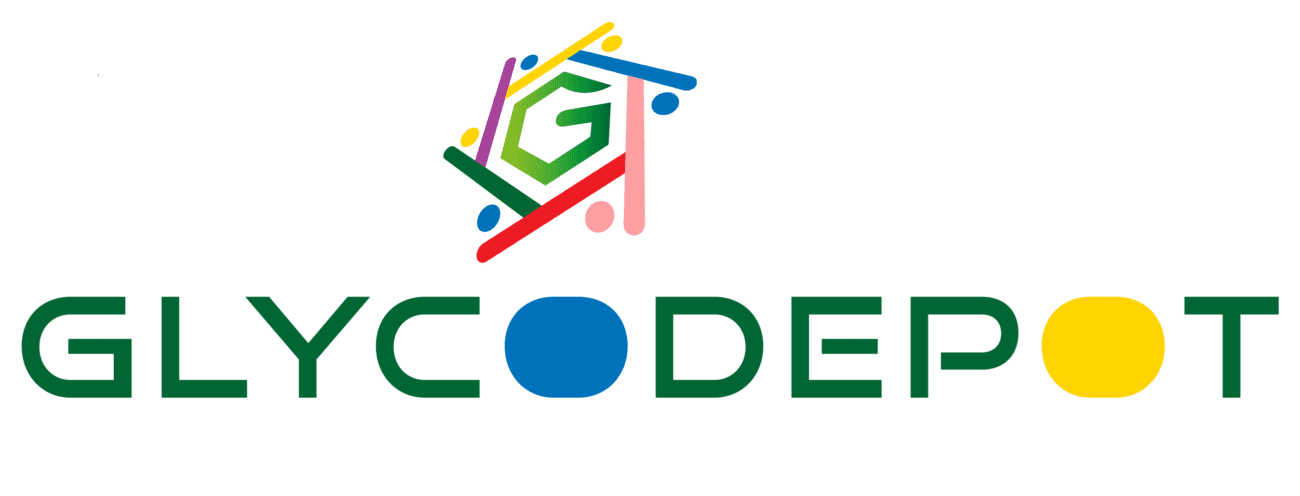Ethyl β-L-thiofucopyranoside is a chemically synthesized thioglycoside derivative based on L-fucose, where the anomeric oxygen of β-L-fucopyranose is replaced by sulfur linked to an ethyl group. This compound exhibits enhanced stability against hydrolysis compared to O-glycosides and is used extensively in synthetic carbohydrate chemistry. Typically appearing as a white crystalline powder, it has a molecular formula of C8H16OS and a molecular weight of approximately 168.28 g/mol. Synthesized via thiolysis of protected β-L-fucopyranosyl intermediates with ethyl mercaptan, this compound is purified chromatographically to achieve high purity, usually above 95%, and is free from microbial contamination due to controlled synthetic processes. Characterization is confirmed by NMR spectroscopy, mass spectrometry, and chromatographic analyses. For stability, it is stored in sealed containers at 2–8 °C, protected from moisture and light, ensuring a shelf life of 1–2 years. Its applications include glycosyl donor roles in synthesis, glycomimetic development, probing carbohydrate-protein interactions, and biochemical research into L-fucose-containing glycoconjugates.
IUPAC Name
- Ethyl 1-thio-β-L-fucopyranoside
Appearance
Source
- Obtained by thiolysis of protected β-L-fucopyranose derivatives with ethyl mercaptan under controlled laboratory conditions
- Purified via chromatographic techniques to ensure high chemical purity
Molecular Weight and Structure
- Molecular Formula: C8H16OS
- Molecular Weight: 168.28 g/mol
- Structure: β-L-fucopyranose ring with sulfur replacing anomeric oxygen, bonded to an ethyl group
- Maintains the stereochemistry of L-fucose in β-thioglycosidic form
Sugar Specificity
- Retains β-anomer stereochemistry specific to L-fucose
- Functions as a glycosyl donor resistant to hydrolysis in synthesis
Biological Activity
- Not directly biologically active
- Acts as a synthetic intermediate and substrate analog in biochemical studies involving fucose recognition and metabolism
Purity and Microbial Contamination
- High purity (≥95%) verified by NMR and chromatographic methods
- Minimal microbial contamination due to synthetic origin and stringent purification
Identity and Quality Control
- Confirmed by 1H NMR, 13C NMR, MS, and HPLC purity profiles
- Supplied with Certificate of Analysis and Safety Data Sheets
- Melting point and optical rotation data used for batch verification
Shelf Life and Storage
- Store sealed at 2–8 °C in moisture-free, light-protected containers
- Shelf life of 1–2 years under recommended storage conditions
Application
- Used as a glycosyl donor in stereoselective synthesis of fucose-containing oligosaccharides and glycoconjugates
- Supports development of glycomimetics, molecular probes, and drug candidates
- Facilitates enzymatic activity assays and glycosyltransferase studies
Key Characteristics
- Ethyl β-L-thioglycoside derivative of L-fucopyranose
- Molecular weight 168.28 g/mol
- White crystalline powder, chemically stable and hydrolytically resistant
- Suitable for selective synthetic glycosylations
- High purity with comprehensive analytical and quality documentation
- Stable with proper refrigerated storage conditions
Citations
- Cymit Química chemical data
- PubChem molecular information
- Sigma-Aldrich thioglycoside catalogs
- MedChemExpress reagents
- PMC glycobiology studies
- ChemSpider molecular data
- Synthose carbohydrate intermediates
- Patent literature on thioglycosides
- Thermo Fisher synthetic reagents
- ScienceDirect synthetic carbohydrate chemistry

Reviews
There are no reviews yet.